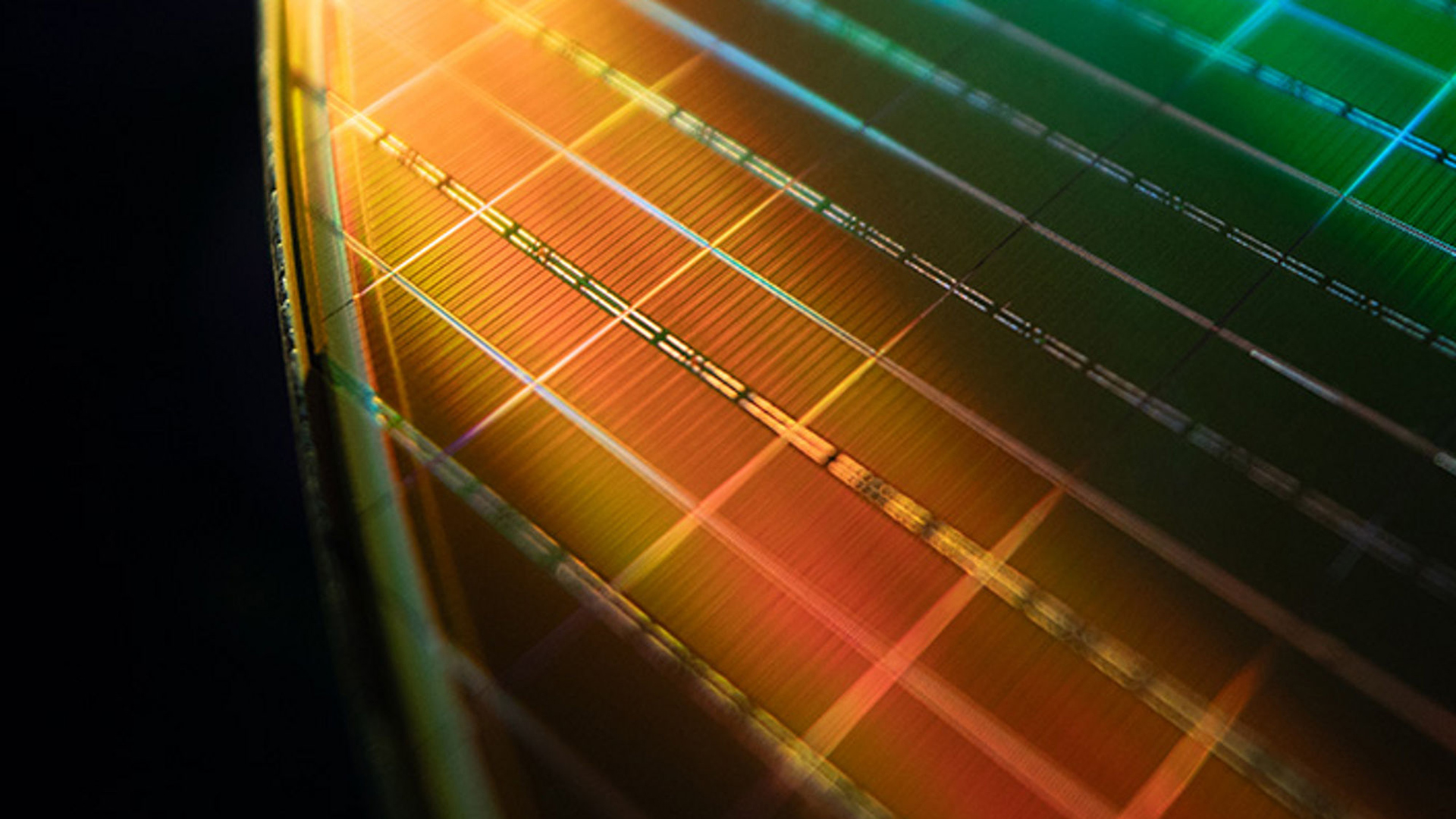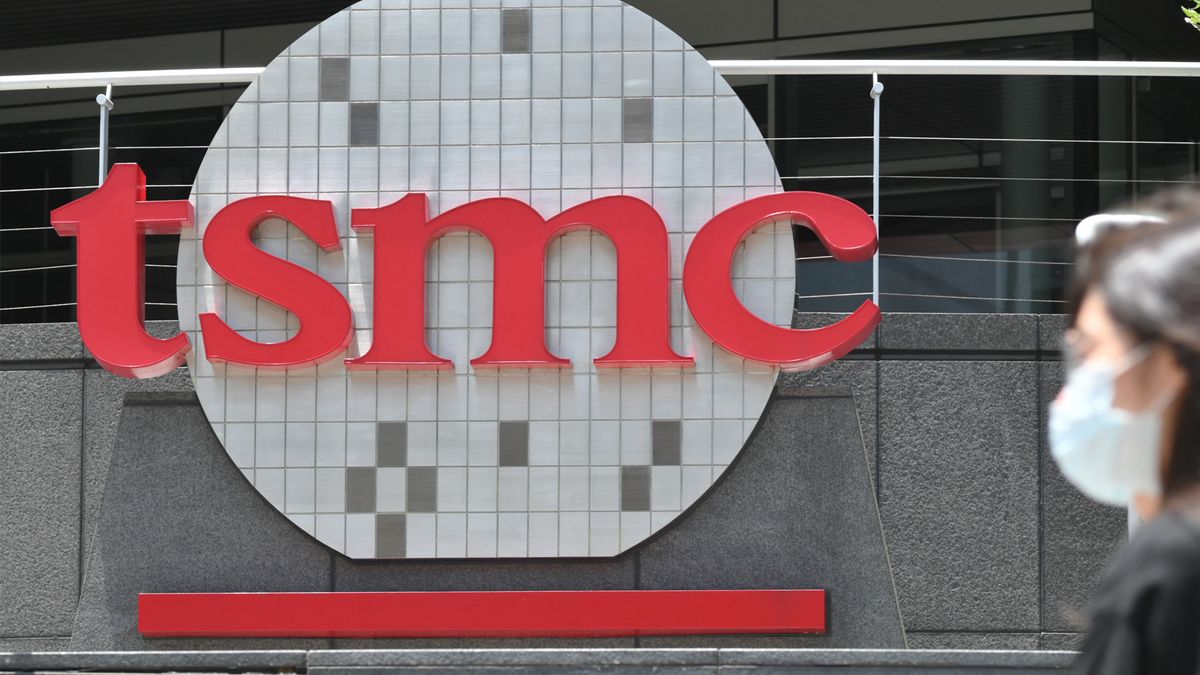The Joint Electron Device Engineering Council (JEDEC), the global body that sets standards for microelectronics, has just published JESD209-6. This document defines LPDDR6, the next-generation memory design, and is the first official specification to mention DDR6. According to JEDEC, LPDDR6 delivers improved performance with greater power efficiency and enhanced security and reliability. It has been five years since the group introduced DDR5, and the technological advancements since then necessitate the release of a much faster standard, especially for mobile devices and edge AI applications.
The group says that it improved LPDDR6 performance by increasing the number of sub-channels and decreasing their size. DDR5 splits the 64-bit channel used by DDR4 into two independent 32-bit sub-channels, and LPDDR6 improves this by using four 24-bit sub-channels, resulting in lower latency and higher concurrency. The group has also lowered the voltage requirement for the memory and deployed additional power-saving features like Dynamic Voltage Frequency Scaling for Low Power (DVFSL), which lowers power demand during low-frequency operation. The group says that LPDDR6 will have a data rate between 10,667 and 14,400 MT/s, which translates to an effective bandwidth of around 28.5 to 38.4 GB/s. This makes the standard’s transfer rate much faster than the current DDR5-12054 overclocking record.
Since JEDEC is a widely recognized standards organization and has active members from the biggest companies across the globe, we expect LPDDR6 to be adopted quickly. Several companies have already expressed support for this new specification, including chip design corporations Cadence and Synopsis, testing companies Advantest Corporation and Keysight Technologies, several chip manufacturers like MediaTek, Qualcomm, and Samsung, and notable memory makers like Micron and SK hynix. LPDDR6 is primarily designed for laptops and other mobile devices, though. JEDEC has yet to announce the finalized specifications for DDR6, which is primarily aimed at desktops, although the group said that it aims to publish them this year.
It took about a year for DDR5 modules to arrive on the market after it was announced in 2020, and we expect the same with LPDDR6 (and DDR6, if it gets announced this year). This is also about right, as the biggest memory manufacturers have announced the discontinuation of DDR4 production in 2025. However, there is still demand for this older standard, especially among legacy and cheaper devices, so much so that smaller vendors are extending their production.
Follow Tom's Hardware on Google News to get our up-to-date news, analysis, and reviews in your feeds. Make sure to click the Follow button.

 4 months ago
101
4 months ago
101






 English (US) ·
English (US) ·